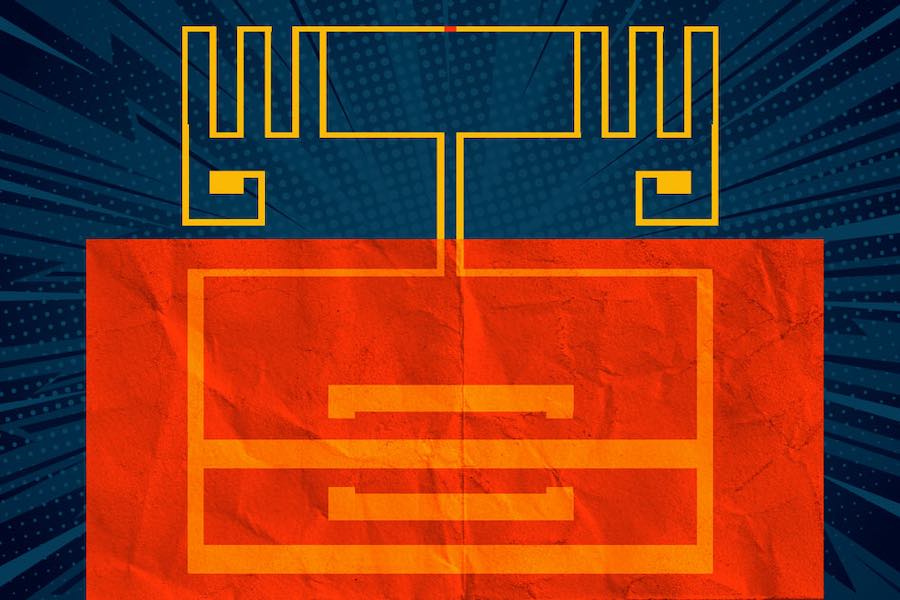
Devices that convert AC electromagnetic waves into DC electricity are known as “rectennas.” MIT Researchers have demonstrated a new kind of rectenna, that uses a flexible radio-frequency (RF) antenna to capture electromagnetic waves — including those carrying Wi-Fi. The antenna is connected to a novel device made out of a two-dimensional semiconductor just a few atoms thick, which converts the AC signal into a DC voltage. In this way, the battery-free device passively captures and transforms ubiquitous Wi-Fi signals into useful DC power. Moreover, the device is flexible and can be fabricated in a roll-to-roll process to cover very large areas.
Promising early applications for the proposed rectenna include powering flexible and wearable electronics, medical devices, and sensors for the “internet of things.” Flexible smartphones, for instance, are a hot new market item for major tech firms. In experiments, the researchers’ device produced about 40 microwatts when exposed to the typical power levels of Wi-Fi signals (around 150 microwatts). That’s more than enough power to light up an LED or drive silicon chips.
Another possible application is powering the data communications of implantable medical devices. For example, researchers are beginning to develop pills that can be swallowed by patients and stream health data back to a computer for diagnostics. “Ideally you don’t want to use batteries to power these systems, because if they leak lithium, the patient could die,” said Jesús Grajal, one of the researchers.
Traditional rectennas use either silicon or gallium arsenide for their rectifier. These materials can cover the Wi-Fi band, but they are rigid. The few flexible rectennas reported so far operate at low frequencies so they can’t capture and convert the signals in the gigahertz frequencies of most of the relevant cell phone and Wi-Fi signals.
To build their rectifier, the researchers used a novel 2-D material called molybdenum disulfide (MoS2), which at three atoms thick is one of the thinnest semiconductors in the world. In doing so, the team leveraged a singular behavior of MoS2: when exposed to certain chemicals, the material’s atoms rearrange in a way that acts like a switch, forcing a phase transition from a semiconductor to a metallic material. The resulting structure is known as a Schottky diode, which is the junction of a semiconductor with a metal. “By engineering MoS2 into a 2-D semiconducting-metallic phase junction, we built an atomically thin, ultrafast Schottky diode that simultaneously minimizes the series resistance and parasitic capacitance,” said researcher Xu Zhang. Parasitic capacitance slows down the circuit. Lower capacitance, therefore, means increased rectifier speeds and higher operating frequencies. The parasitic capacitance of the researchers’ Schottky diode is an order of magnitude smaller than today’s state-of-the-art flexible rectifiers, so it is much faster at signal conversion and allows it to capture and convert up to 10- gigahertz wireless signals.

